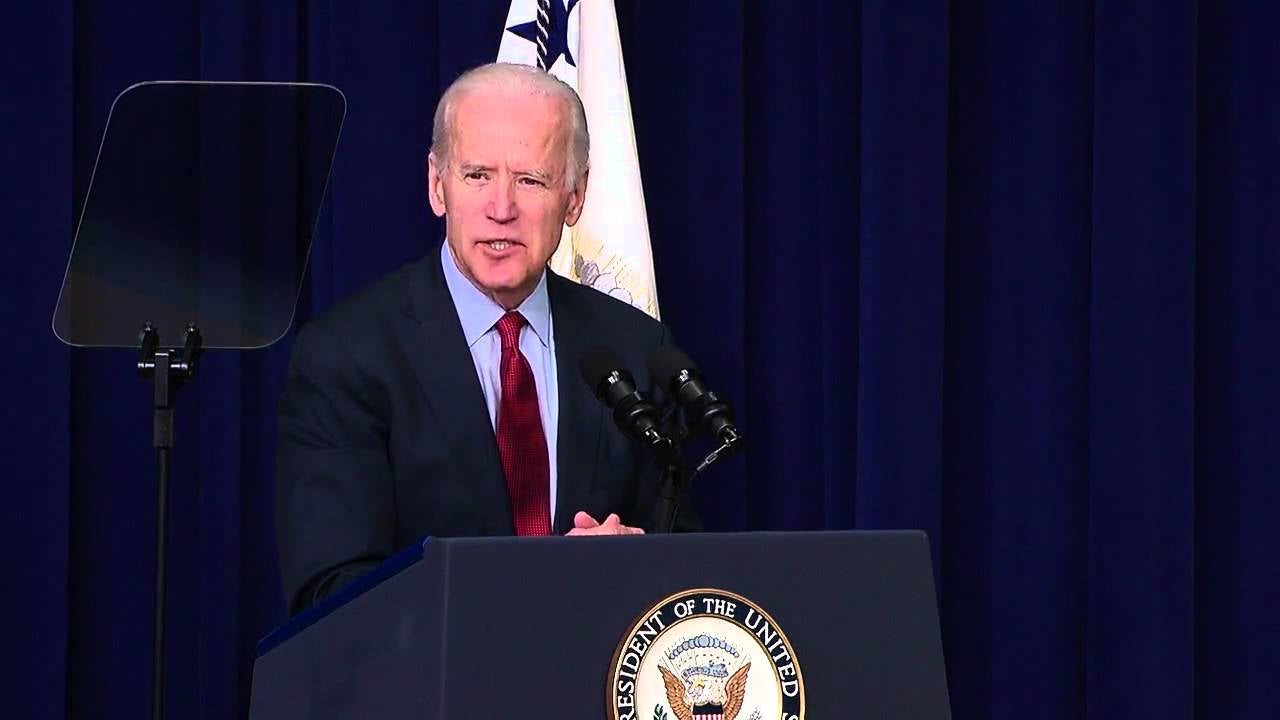This piece originally appeared on the White House Blog.
Summary: The Administration is kicking off a significant new public-private effort to help hard-working Americans get ahead through an initiative we are calling “upskilling”: working with employers, educators, tech innovators, unions, training providers, cities, states, and non-profits to help turn low-wage and entry-level jobs across the country into stepping stones to the middle class.
This week, the President visited Los Angeles Trade Technical College to deliver a clear message: we need to train more hard-working Americans to fill the jobs our businesses are creating. The President explained:
I’m here for every American who works their tail off; who does everything right; who believes in the American Dream and just wants a chance to build a decent life for themselves and their families. You are why I ran for President in the first place.
I’m here for every American who works their tail off; who does everything right; who believes in the American Dream and just wants a chance to build a decent life for themselves and their families. You are why I ran for President in the first place.
In his 2014 State of the Union address, the President tasked Vice President Biden with leading a review of job training programs, with the aim of making them more job-driven. That review is complete and earlier this week, the President and Vice President announced significant reforms in the way Federal programs train and retrain workers.
As a result of this review, the Administration is kicking off a significant new public-private effort to help hard-working Americans get ahead through an initiative we are calling “upskilling”: working with employers, educators, tech innovators, unions, training providers, cities, states, and non-profits to help turn low-wage and entry-level jobs across the country into stepping stones to the middle class.
We will be doing this in a number of ways. Increasing access to high-quality education and training is an important component, and new federal investments in an online skills academy will leverage technology to offer open online courses of study, helping students earn credentials online through participating accredited institutions. These investments also will expand access to curricula designed to shorten the time it takes to complete training, enabling workers to efficiently develop skills in demand by employers. We will also build partnerships across the public and private sectors to provide opportunities for low-wage and entry-level workers to gain the skills required to be competitive in the workforce.
Research shows that an individual’s skill level strongly affects her or his social mobility: the economic payoff to individuals with higher skills is greater in the United States than in almost any other OECD country. In fact, studies have found that wages increase by 28 percent with an improvement in numeracy skills alone.
Most training in the United States occurs at the workplace (Robert I. Lerman, Signe-Mary McKernan, and Stephanie Riegg, “The Scope of Employer-Provided Training in the United States: Who, What, Where, and How Much?” Job Training Policy in the United States (2004)), but the vast majority of employers’ investment in education and training is focused on more highly skilled employees. In fact, in 2012, only 21 percent of adults with the lowest measured level skills were participating in job-related education and training, compared to 69 percent of adults with the highest level skills (“Survey of Adult Skills,” The Organization for Economic Co-operation and Development (2013)). And despite significant investments by the Federal government, the current federally-funded adult education system reaches fewer than 6 percent of the 36 million adults with severe deficits in workforce literacy (“Adult Education Basic Grant Program Factsheet,” Department of Education Office of Career, Technical, and Adult Education (June 2014)).
The good news is that there are emerging career ladders for entry-level workers who have access to the right educational content and receive some on the job training, and clear success stories. Take Enisael Aguilera, a Wisconsin resident, who spent years repairing shipping and storage pallets before deciding to improve his skills in order to obtain better paying employment. As he studied to pass the GED exam at Waukesha County Technical College, Enisael earned the Metal Fabrication Technical Diploma and became aware of its associated Career Pathway. After finishing the course, he began work at the Wausau Equipment Company as a finish welder, and shortly thereafter received his “welder registration” from the Wisconsin Department of Safety and Professional Services, gaining a 12 percent pay-raise in just his first-year on the job.
Similar pathways are available in other sectors, too. In industries as diverse as healthcare, manufacturing, and insurance, many skilled technical workers are nearing retirement, and employers need to diversify their talent base. To stay competitive, employers will need to tap into the abilities of all Americans, including their own entry-level workforce.
Our goal is to get 24 million low-wage, hard-working Americans the training that puts them on pathways to fill hundreds of thousands of vacancies employers have right now in mid-skill, better-paying jobs. As the President said this week and has stated many times before, our focus is on ensuring that every American who works hard and plays by the rules gets a fair shot. Entry-level jobs should be stepping stones to robust career pathways into the middle class, and to the American dream.
Arne Duncan is the Secretary of Education. Jeffrey Zients is Director of the National Economic Council and Assistant to the President for Economic Policy.
This piece originally appeared on the White House Blog. Click here to read more.
Join the upskilling movement
UpSkill America is an employer-led movement to expand opportunity for America’s workers and allow our economy and communities to thrive. To learn more, follow us on social media and join our mailing list to receive new resources and announcements.


